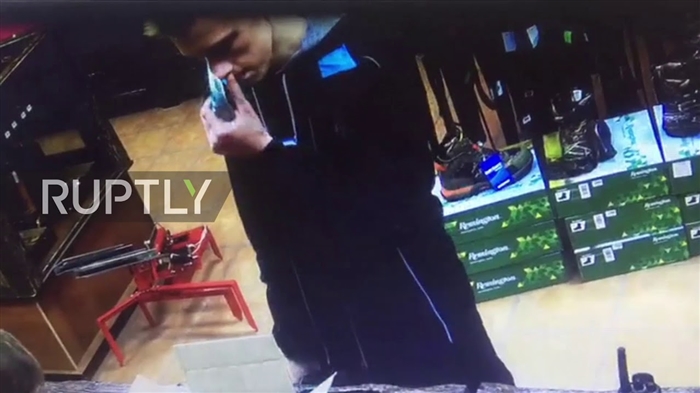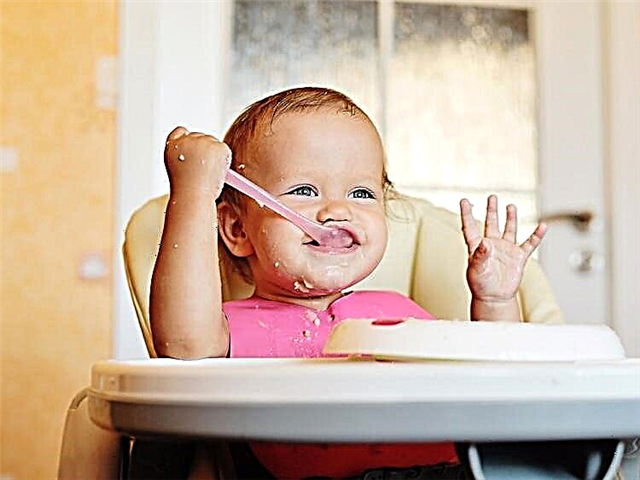The main causes of cough in children
The mechanism of the onset of cough, expressed in the intense, sharp exhalation of a large volume of air under pressure, determines its function - cleansing the mucous membrane of the respiratory tract from irritants. These irritants are most often various viral infections that cause inflammation of the upper (nasal and oral cavity, pharynx and nasopharynx), and then the lower respiratory tract (larynx, trachea and bronchi). Respiratory infections most often enter the body by airborne droplets, the gates of infection are the mucous membranes of the mouth and nose.
The most common definitions of respiratory infections are:
- ARI - the general name for colds affecting the respiratory tract;
- ARVI - acute respiratory viral infection, as the most common cause of cough in children;
- ENT diseases - inflammation of the organs of the nasal cavity, nasopharynx and pharynx as a result of exposure to a viral or bacterial infection.
Laryngitis - due to inflammation of the larynx and vocal cords, together with a cough, the child has changes in his voice - hoarseness, hoarseness. Along with ARVI, laryngitis holds the lead among respiratory diseases that are the causes of cough in children.
In the treatment of cough in children, from the first days of its appearance with acute respiratory viral infections, Stodal syrup has proven itself well. The antitussive and anti-inflammatory effect [1] of Stodal syrup relieves the child's condition and shortens the period of cough treatment from 3 to 1 week [2].
What does a dry cough in a child say?
The definition of "unproductive" in relation to dry cough in a child is more than fair. At the same time, being a direct reaction of the respiratory system to irritation, a dry cough in a child may indicate the onset of the development of various diseases, the causes of which should be found out before starting the treatment of dry cough in children.
Only a doctor has the right to prescribe medication for dry cough in children - giving the child medicine, and even more antibiotics on the advice of a pharmacist in a pharmacy or recommendations on the Internet, is at least irresponsible.
Modern diagnostic methods allow you to quickly and painlessly establish the cause of a dry cough in a child, and clinical protocols and techniques - to prescribe the optimal course of therapy in accordance with the characteristics of the organism of a small patient and the specifics of the disease.
- Depending on the nature and duration of the cough, antitussive or mucolytic agents are prescribed to relieve or stop it, but not together. The former suppress the function of cough receptors, and the latter - thin the mucus in the airways, facilitating the expectoration of phlegm, transferring the child's cough from dry to productive.
- Laryngitis is characterized by inflammation of the larynx, which is expressed in a dry barking cough in a child, due to its spastic nature, it is very debilitating. In this case, antitussive drugs are prescribed to alleviate the condition as part of the general treatment.
- Whooping cough is a serious infectious disease that manifests itself in laryngeal edema and muscle spasm, as evidenced by a spastic barking dry cough in a child. Here, antitussive drugs of central action, which inhibit the function of the cough center in the brain, are optimal.
Dangerous symptoms when coughing in children
In most cases, a child's cough is not a reason for emergency medical care, although the supervision of a pediatrician is mandatory. However, if there is some accompanying symptoms urgent intervention or doctor's advice is simply needed:
- wheezing with wheezing and hoarseness;
- shortness of breath;
- signs of choking and loss of consciousness;
- blueness of the lips in a child with a strong cough before vomiting;
- splashes of blood in sputum;
- pain in the head and chest, temperature above 39 ° and other critical conditions.
What does a wet cough mean in a child

A wet cough in a child indicates the movement of inflammation from the upper airways to the lower ones - the trachea and bronchi. By the yellowish tinge of thick sputum, one can judge the onset of bronchitis. The mucous membrane of the bronchi activates the secretion of mucus, which allows the source of irritation to be removed by coughing.
Such a cough is considered productive, therefore, centrally acting antitussive drugs are rarely included in the course of therapy. Since the cause of a child's cough during a productive cough is the presence of an attached bacterial infection, various antimicrobial agents are often used.
Regardless of what kind of cough occurs against the background of ARVI in a child, taking Stodal syrup from the first days of its appearance relieves symptoms and accelerates the relief of cough. The balanced natural composition of the Stodal preparation is perfectly combined with other drug treatment and has no age restrictions [3].
Treatment of an allergic cough in a child
Allergy occupies a significant place among the non-infectious causes of cough in a child - as a reaction of the body's immune system to certain irritating factors. To establish the connection between the reaction and the factor is the main task of diagnosing allergies in children.
Allergic cough in a child, as a rule, is dry, barking, occurs suddenly, often manifests itself at night and in the morning. In this case, the body temperature does not rise, although there are symptoms similar to acute respiratory infections - a runny nose, tearing, sometimes even hoarseness. The main feature is situationality, suddenness of attacks, which gradually disappear when the allergen is excluded.
Treatment of an allergic cough in a child is carried out according to the results of a special diagnosis, during which general, biochemical, enzyme immunoassays, and X-ray examination are carried out. Therapy includes taking drugs of the antihistamine group, as well as sorbents, antispasmodics and bronchodilators.
Treatment of a severe cough in a child
The use of any medicines in the treatment of cough in a child is possible only after diagnosing the cause and in accordance with the recommendations of the pediatrician. For children under 2 years old, this even applies to decoctions of medicinal herbs and children's cough syrups.
The standard set of drugs used in the treatment of diseases accompanied by a cough in a child includes:
- mucolytic drugs - allow to facilitate expectoration of sputum;
- bronchodilator - relax and expand the bronchi;
- expectorant - activate the process of mucus separation.
During outpatient treatment, it is important for parents to strictly control the frequency and dosage of the drugs used.
Home conditions for treating cough in a child
It is extremely important to provide the child with comfortable conditions regarding his condition during the period of therapy.
- Gentle mode - excludes physical activity, fatigue.
- Fresh air of high humidity in the room.
- Regular walks without active games.
- Plentiful warm drink.
- Diet in nutrition - light, mild and unsalted meals.
- Strict sleep and wakefulness.
The main thing is to strictly follow all the prescriptions and recommendations of the doctor, and then the child's cough, along with the cause, will be defeated and will remain in the past.
Sources
[1] Lokshina E., Zaitseva O. et al. Experience of using the naturopathic drug Stodal in children with acute respiratory infections. Pediatrics 2016, 95 (3).
[2] Zakharova IN, Zaplatnikov AL, Sugyan NG, Lazareva SI, Svyatkina Ye.I. The effectiveness of the drug Stodal for coughing in children against the background of ARI. Pediatrics. Consilium Medicum 2019 # 1, 37-43 / Pediatrics. Consilium Medicum 2019 No. 1.37-43.t
[3] According to the instructions for medical use of the drug Stodal.
Article rating:



